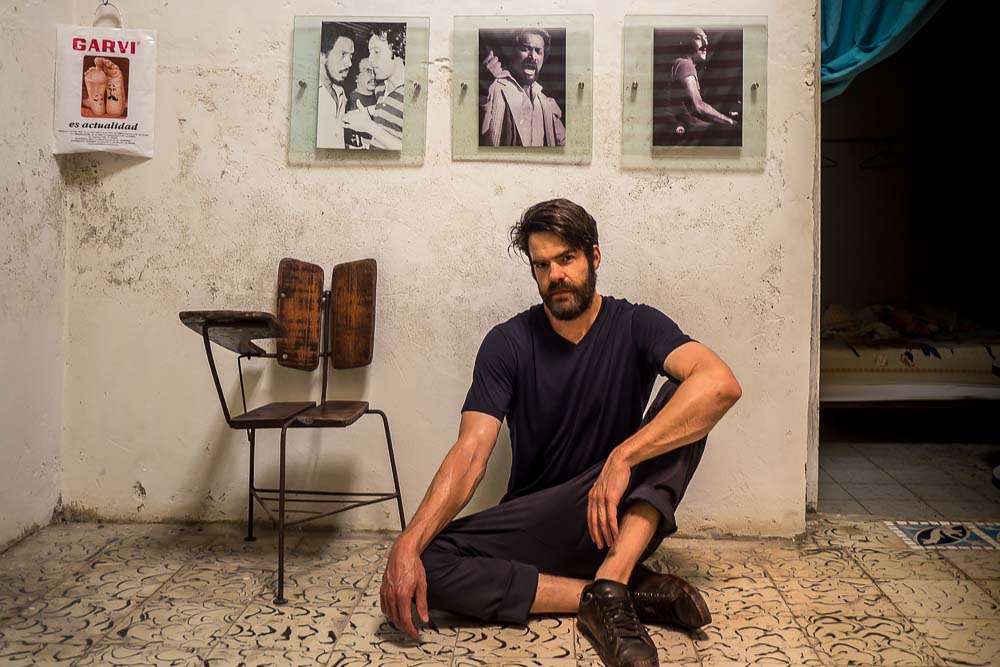I'm a full-time vagabond, traveling to visit and photograph locations that interest me from a cultural perspective. This has lead me to over 60 countries in the past 11 years, with my main focus on an in-depth exploration of Japan where I have made roughly 20 long visits to learn the culture and the language to a high level of proficiency. After spending the first 6 months of the coronavirus pandemic in Japan, I was forced to leave due to my visa running out, and on a whim I returned to Cairo, Egypt, a City I had briefly visited in 2018. Egypt and Japan are vastly different, but I find the same fascination with both locations and decided to start my 2nd long term project in Cairo, where I have now made 3 more lengthy visits in the last 2 years since I last left Japan.
Cairo: A Beautiful Thing Is Never Perfect
The project borrows its title from an ancient Egyptian proverb, and came about from a chance encounter with an older Egyptian man who stopped me and asked why I was photographing. At the time, I was overwhelmed by the scene in front of me and motioned to it stating 'just look at it, it's beautiful'. The older man looked, looked back at me and shook his head stating 'beautiful? it's an old mess' and he walked on. The project focuses on showing candid beautiful moments of daily life of a complex city that most tourists quickly skip over after a brief visit to the pyramids and museum, moments and scenes that are also easily overlooked by locals who have grown too familiar with their surroundings.
